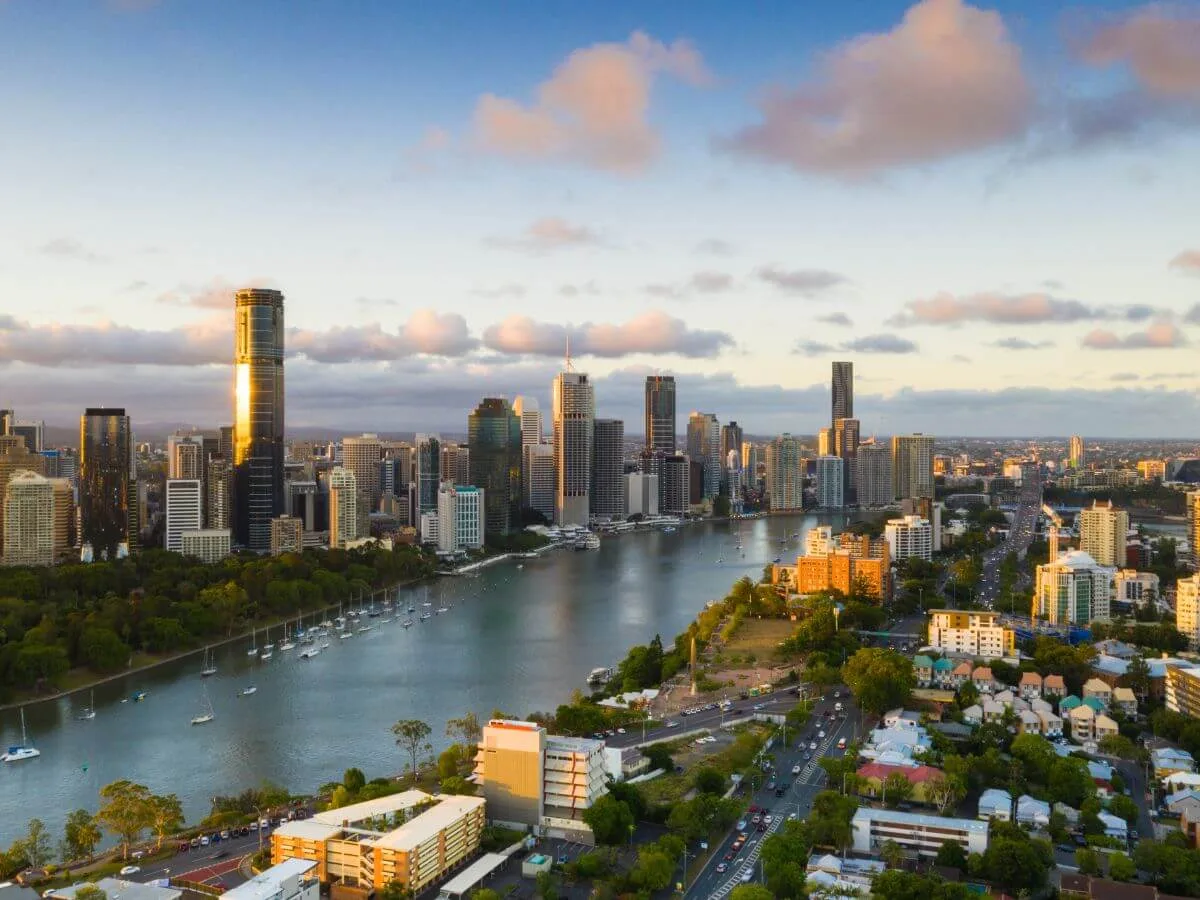Australians love property, but for many, figuring out where to invest is the hardest part. Finder's Property Investment Index uses a range of data inputs to predict price growth in each suburb across Australia's major cities. Property Investment Index pages for Sydney, Melbourne, Adelaide, Perth and Hobart are also available.
Key takeaways
- As of November 2024, the following suburbs have the highest potential for price growth:
- Houses: Cannon Hill(98.7/100) , Gordon Park(98.1/100) , Gumdale(97.8/100)
- Units: Camp Hill(97.6/100) , Enoggera(96.7/100) , Graceville(95.0/100)

What is the Property Investment Index?
The Property Investment Index is a model that ranks suburbs based on their investment potential. Suburbs are scored out of 100, with 100 indicating very high predicted price growth and 0 indicating very low or negative predicted price growth.
The final score is calculated based on 3 factors:
- Market demand (maximum 50 points): This is based on sales turnover, average days on market, vacancy rates, building approvals and distance to the CBD.
- Population (maximum 40 points): This is based on population, population growth, income, income growth and unemployment rates.
- Property (maximum 25 points): This is based on historical property price growth and current property prices.
An additional 15 points are given to suburbs that have had at least 1 property sale over the past 12 months. The number of points for each suburb is capped at 100.
The index is intended to be an indicator of relative price growth, rather than of property prices themselves. A high score does not necessarily mean that a suburb will have the highest house prices but that we can expect strong growth in that area.
Note: The methodology was adjusted in August 2024 to remove all suburbs which do not have currently available CoreLogic sale price data for houses or units, as applicable. This has resulted in a number of smaller and more regional areas with few property sales not receiving a score. These areas will appear again once CoreLogic reports sale price data for those areas.
Houses
Top scoring suburbs by price point
Units
Top scoring suburbs by price point
Search the Property Investment Index by suburb
How the Index works
Finder's Property Investment Index uses a range of data inputs to predict price growth in each suburb across Australia's major cities. These data inputs are weighted to produce a score out of 100, with 100 indicating very high predicted price growth and 0 indicating very low or negative predicted price growth.
Apart from the weighted inputs listed below, an additional 15 points are given to suburbs that have had at least 1 property sale over the past 12 months.
Investor activity in Queensland
Investor activity in Queensland had been relatively stable prior to the pandemic. When COVID-19 hit, investor home loans hit a record low of $522 million in May 2020. However, since the end of 2020, investor lending has skyrocketed. In May 2024, investors took out a record $2.6 billion in home loans, an increase of 50.3% compared to the previous year. As of June 2024, the total value of investor loans in Queensland has been reported at $2.3b, a decrease of 12% month on month and an increase of 22.1% year on year.
The data also shows investors are beginning to take on more of the market from owner-occupiers. In January 2021, investor loans made up 24% of all home loans, but that figure has now grown to 41% in June 2024.
According to recent data, the rolling 3-month average sale price in Brisbane is $785,406, an increase of 17% year on year.
Property sentiment in Brisbane
About 61% of Brisbane residents expect property prices in their area to increase in the next 12 months, according to Finder's Consumer Sentiment Tracker. This includes 21% who think price growth will be significant. On the other hand, 17% believe prices in their area will fall over the next year.
More guides on Finder
-
Economic snapshot: 4 things to watch this month
Get up to speed with the latest economic update, offering insights into Australia's financial landscape.
-
Finder’s Cost of Living Pressure Gauge
Finder's Cost of Living Pressure Gauge measures the financial stress experienced by Australian households.
-
Finder Consumer Positivity Index
Tracking how Australian consumers feel about the economy and their financial lives.
-
Finder’s Property Investment Index Hobart
Finder's Property Investment Index predicts price growth in each suburb across Australia's major cities. Find out how your suburb stacks up.
-
Finder’s Property Investment Index Adelaide
Finder's Property Investment Index predicts price growth in each suburb across Australia's major cities. Find out how your suburb stacks up.
-
Finder’s Property Investment Index Perth
Finder's Property Investment Index predicts price growth in each suburb across Australia's major cities.
-
Finder’s Property Investment Index Sydney
Finder's Property Investment Index predicts price growth in each suburb across Australia's major cities.
-
Finder’s Property Investment Index Melbourne
Finder's Property Investment Index predicts price growth in each suburb across Australia's major cities. Find out how your suburb stacks up.
-
Renters vs homeowners
We found renters are less happy and more stressed than homeowners. How are renters faring when it comes to happiness, wealth and finances?
Ask a question
